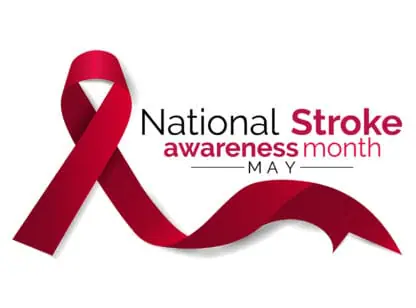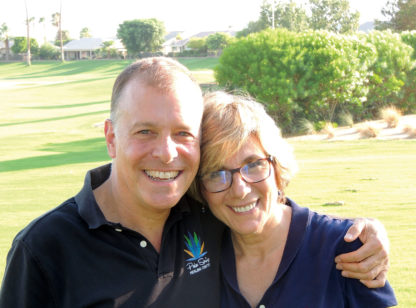Feeling a patient’s pulse is a diagnostic technique used in Traditional Chinese Medicine (TCM), as well as traditional Tibetan and Indian Ayurveda medicine.
Using the pulse to determine body functions, deficiencies or imbalances dates back thousands of years and has changed over the course of time. Today there are many styles of this diagnostic tool from different regions and cultures. In classic TCM, the pulse was taken at nine different points: three on the hand, three on the head and three on the legs. Now it is generally taken on the radial arteries of left and right wrists.
Like all methods of diagnosis, the objective of pulse diagnosis is to obtain useful information about what is going on inside the body. In TCM, the pulse is considered to be the “palace of blood.” It is governed by the heart and commanded by qi (vital energy). Regardless of the cause, disease, abnormalities or pathological changes can be reflected in the pulse. According to the Chinese understanding, the pulse can reveal whether a syndrome is of hot or cold nature, whether it is one of excess or deficiency, which of the qualities are affected (qi, moisture, blood), and which organ systems suffer from dysfunction. However, as a subjective form of discerning the cause of disease, it always needs to be taken into account with other signs and symptoms.
Of course, when we talk about the pulse in this sense, we are not just taking pulse to determine the heart rate as in Western medicine. When a TCM practitioner is feeling a pulse there are subtle and underlying qualities that have been found to be linked to dysfunctions in the body. In TCM, there are no less than 18 pulses that can be found on the wrist, and more on the temple, the neck and in the leg. On each wrist there are three locations on the radial artery, each of which can be sensed at three depths, using superficial, middle, and deep pressure.
Practitioners may describe pulse as hollow or full, slippery or choppy, weak or firm, or wiry or tight. Is the pulse floating, do you hardly press and feel a sensation or do you have to press down hard to get a reading? Does it feel tense, threadlike or slippery like beads? Is it flowy, strong or submerged and hard to find? These all have significance in making determination of what may be an underlying cause. Obviously, these are subtle differences and along with understanding the significance of each pulse at each position, pulse diagnosis takes a long time and much practice to master.
Still, there are those who have mastered this art, and give surprisingly accurate diagnoses about disease process and organ dysfunction with this method.
We take blood pressure, check heart rate and body temperature, and perform other diagnostic tests with equipment which gives quite objective information. Nonetheless, many TCM (myself included) still use pulse diagnosis to get an understanding of where patients’ root problems lie.
Diane Sheppard is the founding owner of AcQpoint Wellness Center. She is a licensed acupuncturist with a Ph.D. in Oriental Medicine and can be reached at (760) 345.2200. www.AcQPoint.com










































Comments (0)